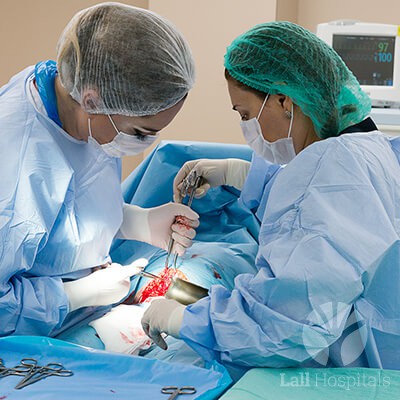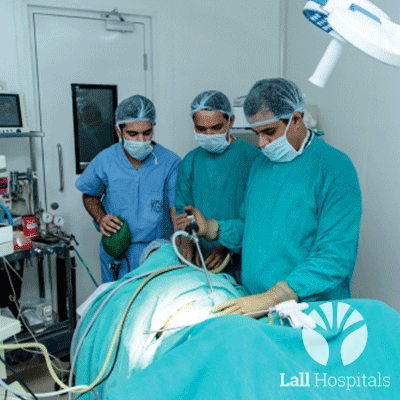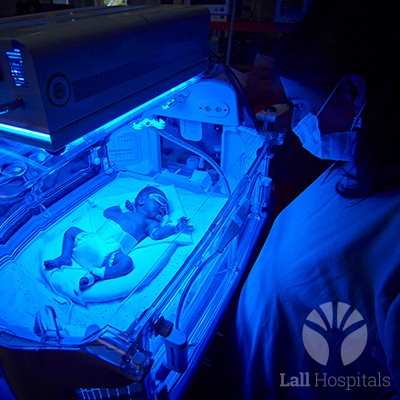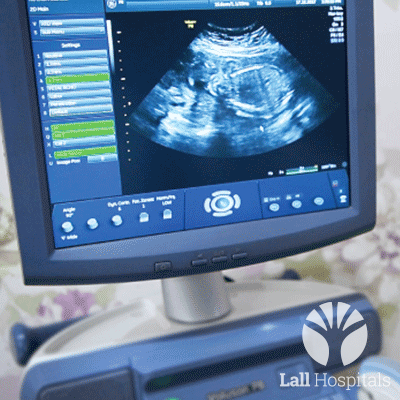Fem 360 Procedures
Normal Delivery
Procedure – An epidural anaesthesia allows patients to have a painless delivery the natural way. It is a regional anaesthesia that delivers continuous pain relief to the lower part of the patient’s body while allowing her to remain fully conscious. The medication, a combination of a local anaesthetic and a narcotic, blocks sensations of pain, touch, movement, and temperature, reducing the pain without affecting the patient’s ability to move her legs.
Ideal for – Any patient can opt for an epidural unless she has abnormally low blood pressure, a bleeding disorder, a blood infection, a skin infection on the lower back where the needle would enter, or is on blood thinning medication.


Caesarean Section
Procedure- Also known as C-section or caesarean delivery, it refers to the use of surgery to deliver babies when vaginal birth would put the mother or child at risk. Taking about 45 minutes, it may be performed with a spinal block so that the patient is awake or under general anaesthesia. Incisions are made in the patient’s lower abdomen and uterus to deliver the baby.
Ideal for – C-sections are ideal in cases when there is obstructed labour, twin pregnancy, high BP in the mother, breech birth (when a baby is born bottom first instead of head first) or problems with the placenta or umbilical cord.
Laparoscopic and Hysteroscopic Surgeries
Procedure – These are low risk, minimally invasive surgical procedures used in the diagnosis and treatment of certain infertility conditions in women by providing a direct look at the patient’s pelvic organs.
- Laparoscopic Surgeries – It is used to examine the organs inside the abdomen using an instrument called a laparoscope.
- Hysteroscopic Surgeries – This involves the putting in of a telescope to see the inside of the uterus.
They should be used as first line diagnostic tools before pursuing IVF as they can be used to remove scar tissue, fibroids, cysts, or lesions, clear the fallopian tubes, and correct congenital abnormalities such as uterine septum or adhesions which can cause miscarriage or premature labour. They can also be used for hysterectomy (removal of uterus) in perimenopausal and menopausal women.
Ideal for – These are beneficial for patients with a suspected diagnosis of endometriosis, fibroids, or polyps.

Vaccination
Procedure – We follow the immunisation schedule set by the Government of India and the Indian Academy of Paediatrics (IAP) in addition to case-based vaccinations advised by our doctors. Each vaccine helps a child fight against deadly diseases such as tuberculosis, polio, measles, typhoid etc and is crucial for a child’s well-being.
Ideal for – Obligatory for all children.
Neonatal Intensive Care Unit (NICU)
Procedure – New-born babies who need intensive medical attention are admitted into the NICU which combines advanced technology and trained health care professionals to provide specialised care.
Ideal for – Most babies admitted to the NICU are premature (born before 37 weeks of pregnancy), have low birth weight (less than 2.4 kgs), maybe twins, triplets, and other multiples as they tend to be born earlier and are smaller than single babies or babies with medical conditions such as heart problems, infections, birth defects etc.


Phototherapy
Procedure – Phototherapy is the most common treatment for reducing high bilirubin levels that cause jaundice in new-borns. The baby is put in an incubator and exposed to a type of fluorescent (LED) light that is absorbed by the baby’s skin. During this process, the bilirubin in the baby’s body is changed into another form that is easily excreted in the stool and urine.
Ideal for – Most babies with jaundice don’t need this treatment because of a low level of bilirubin. However, in some infants with exaggerated physiologic jaundice, or pathologic jaundice, bilirubin in the blood reaches very high concentrations, increasing the risk of a rare but serious complication of jaundice called kernicterus, which can cause brain damage.
Ultrasound 3D and 4D
Procedure – 3D and 4D ultrasounds use sound waves to create an image of the baby in the womb like regular ultrasounds. The difference being that 3D ultrasounds create a three-dimensional image of the baby while 4D ultrasounds create a live video effect, where the patient can see the baby smile, suck her thumb or yawn. 3D and 4D ultrasounds may also show up certain birth abnormalities such as a cleft palate that is not easily visible in a 2D ultrasound.
Ideal for – 3D and 4D ultrasounds are optional and may be done to detect certain birth defects or on the request of parents who want to see their baby’s face.







